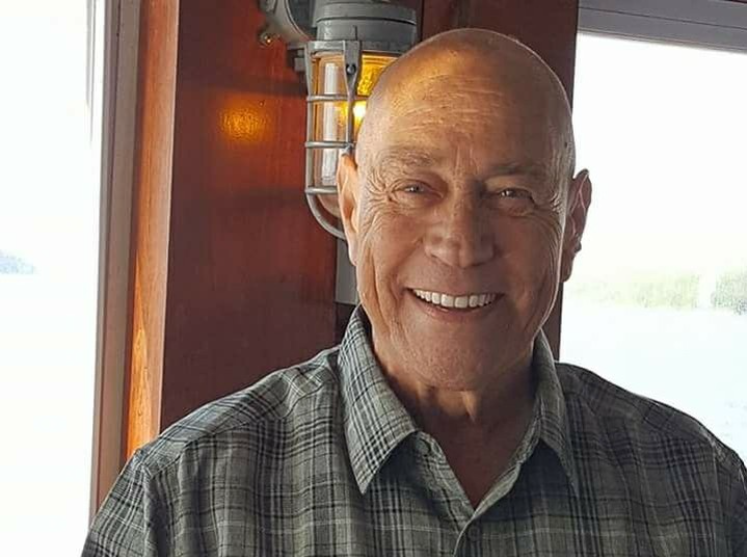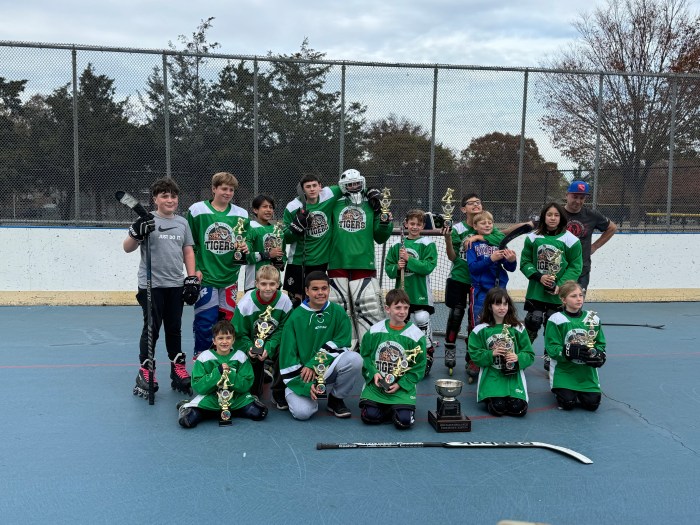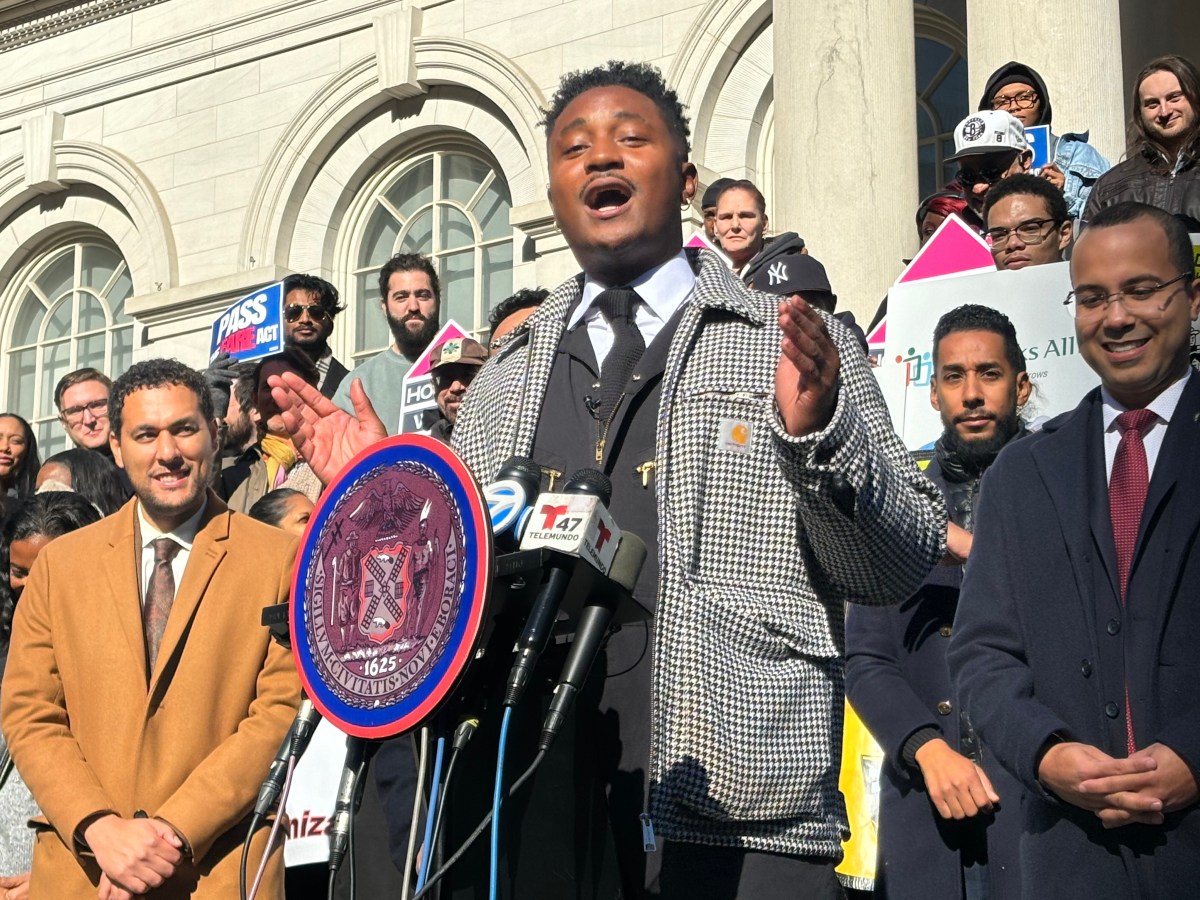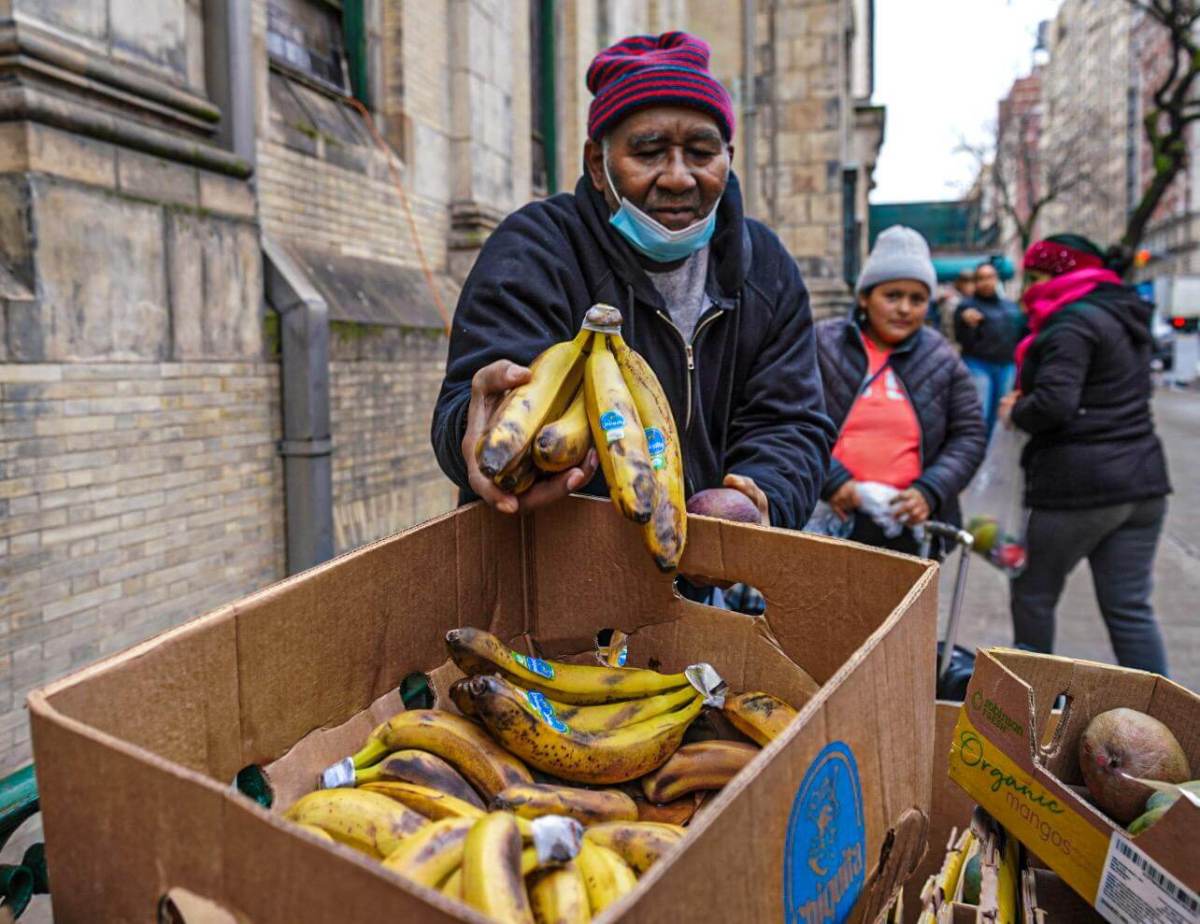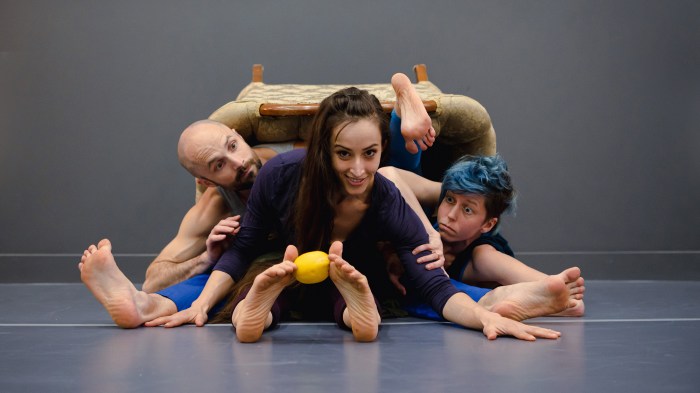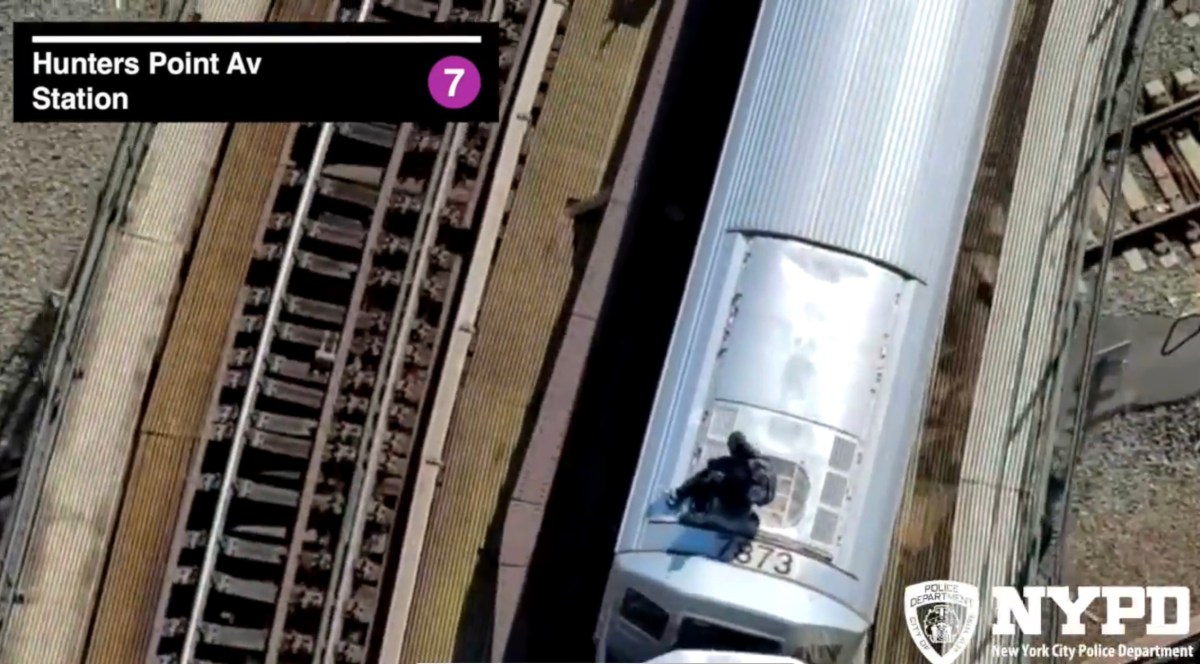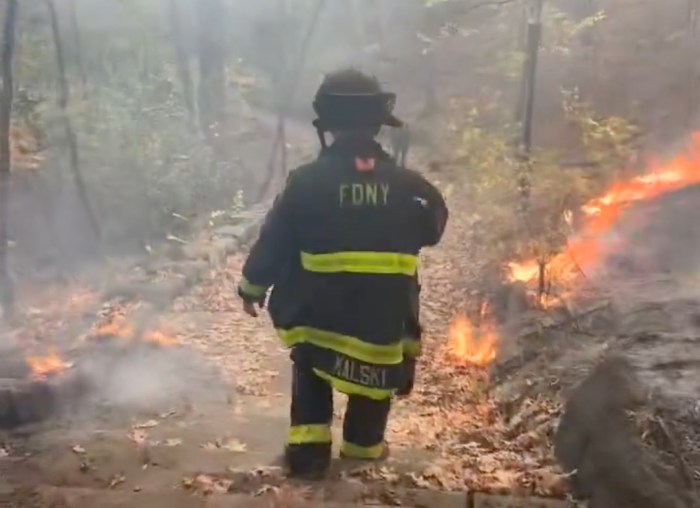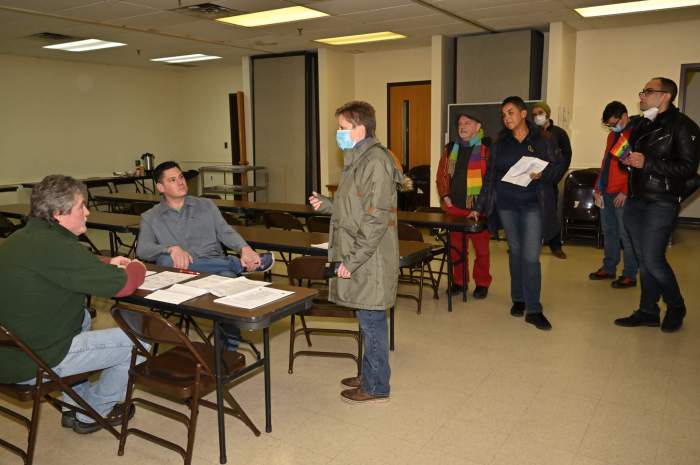By Corey Bearak
Advocates from New Yorkers for Parks joined by civic leaders and other concerned residents will trek to City Hall Wednesday for the second annual Parks Advocacy Day (see www.ny4p.org or call 212-838-9410). They’ll advocate for a modest budget increase to improve park maintenance. After all, the city’s Department of Parks and Recreation must maintain 28,700 acres, while overall parks use has increased despite a budget one-third less than 14 years ago.
Unless the city budget allocates sufficient resources for our parks, we face wasting taxpayer dollars that renovated many of our community and regional parks.
Investing in parks certainly makes sense. New Yorkers for Parks says well-maintained parks help decrease crime, increase health and foster higher real estate value, which means greater tax revenues.
Park advocates propose adding $20 million to the funding for the Department of Parks and Recreation. This funding would support efforts to maintain neighborhood parks. It includes $12 million for full-time gardeners, (tree) pruners, recreation specialists and city park workers; $5 million for parks enforcement patrol, essentially park police; $2 million for street tree-pruning and $1 million for playground associates.
This $20 million represents only an incremental restoration for an agency that was cut by almost one-third since fiscal year 1990. That fiscal year, the city allocated $273.2 million for parks maintenance and operations. For the current fiscal year, the city budget allocates $186.4 million, 32 percent less in funding.
The agency has also shifted significantly to a reliance on seasonal workers, which masks the decline in full-time staffing levels. New Yorkers for Parks notes that the agency’s full-time staffing decreased by 70 percent since fiscal year 1990.
When I was growing up, we had “parkies,” or attendants who maintained most neighborhood playgrounds. I recall exploring every nook and cranny of Alley Pond Park. Former bridal paths under Union Turnpike have been bricked and cemented over.
As I found when I took my son and daughter to the undeveloped sections of Alley Pond for forays with my friend and park advocate Joe Varon and his sons Joshua and Seth, several ponds had dried up or greatly diminished in size. These changes occurred as a fiscal crisis reduced many core services in our city as I left high school for college. There were no more park attendants and the facilities had fallen into disrepair.
As the city recovered, the agency never quite recovered on the expense side. Competent professionals such as New York City Parks Commissioner Adrian Benepe and Queens Parks Commissioner Rich Murphy rose through the ranks and managed to stem the hemorrhaging. A capital program that reached a zenith under former Commissioner Henry Stern, known by his park name, “Starquest” (“The Rak” is my park moniker), helped bring back our parks.
Starquest, a former councilman, had a special gift in getting council members and borough presidents to allocate scarce funds to repair parks. He later developed programs to use discretionary and expense budget additions for services the mayor’s budget did not cover. Park repair programs can only go so far; we need to maintain the investment.
That’s why the state of park renovations — especially our local parks — really depend on the efforts of community groups, such as the Glen Oaks Little League’s partnering with the Parks Department to maintain the taxpayer investment in these renovated green spaces. Sometimes the agency enters into formal agreement, and many times informal arrangements. There is no question the department appreciates and encourages volunteer work.
So one Sunday last month I joined Glen Oaks Little League president Rich Biscotti, past-president Joe Conway and softball vice president Pete O’Rourke to spread out two large mounds of clay delivered by the Parks Department on the infield of Field 1 at the Glen Oaks Oval.
Like many other youth leagues operating by permit on city ballfields, the Glen Oaks Little League maintains the fields and has done so since I became involved as a parent. Two weekends later a larger volunteer crew worked on Field 2 (the only field when I played there a “few” years back), on the PeeWee field and on general cleanup.
Other partnerships tap private funds. Queens activists founded the Flushing Meadows Corona Park Conservancy based on the Central Park and Prospect Park conservancy models. Aida Gonzalez-Jarrin chairs its board, which includes former Borough President Claire Shulman. Marc Haken and Martha Taylor organized the Friends of Cunningham Park to help improve that major park.
These efforts excuse no one at City Hall from repairing years of underfunding of city parks. Parks and recreation are a vital service, not a stepchild.
Corey Bearak is an attorney and adviser on government, community and public affairs. He is also active in Queens civic and political circles.

